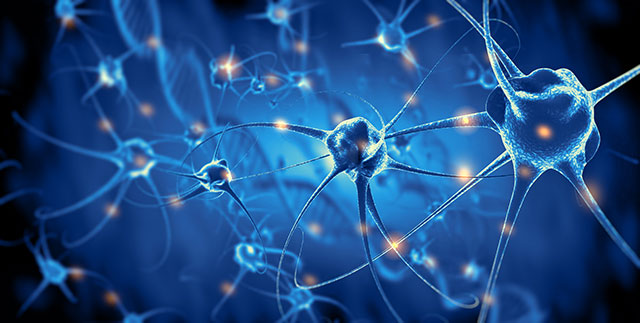Obesity, diabetes, and liver health: Scientists explain the relationship that leads to insulin resistance
03/14/2019 / By Rita Winters

In 2016, over 650 million people were diagnosed with obesity. Described as an abnormal or excessive fat accumulation, obesity is known to be detrimental to health, causing cardiovascular diseases and Type-2 diabetes. Many studies have associated obesity with Type-2 diabetes, but why they did was never completely understood. This lack of information led to a study conducted by scientists from the University of Geneva (UniGe), which revealed the factors linking obesity and insulin resistance, together with the liver’s role at the onset of the disease.
Obesity leads to a chain of events
Insulin resistance is a condition wherein cells fail to respond normally to insulin, which causes high blood sugar. Long have scientists known that obesity leads to insulin resistance, and insulin resistance leads to type-2 diabetes. In short, without insulin resistance, type-2 diabetes will not occur. The study, published in Nature Communications, reported how this happened by expounding on the cellular and molecular mechanisms that are involved with the obesity-insulin resistance-diabetes chain.
Obesity is known to trigger internal inflammation: This internal inflammation leads to the activation of a transcription factor called the nuclear factor kappa-light-chain-enhancer of activated ? cells ( NF-k?), a protein complex that controls transcription of DNA, which seems to be instrumental in the development of diabetes. NF-k? induces the production of Protein Tyrosine Phosphatase Receptor Gamma (PTPR-?) which inhibits insulin receptors at the surface of liver cells.
Scientists observed PTPR-?’s effect on insulin resistance by modifying the levels of PTPR-? in mice by suppressing, normally expressing, and overexpressing them. Mice that were put on a high-calorie diet developed obesity, but with a total lack of PTPR-?, did not develop insulin resistance. Normalizing the expression of PTPR-? in hepatocytes, or liver cells, made the mice prone to insulin resistance once again. Doubling the expression of PTPR-? in mice mimicked the natural pathogenesis of obesity, and was enough to cause insulin resistance. Another result of the study showed that two independent PTPR-? molecules linked together by a ligand — a binding ion or molecule — disables the action of PTPR-?.
To summarize the findings, obesity leads to an increase in production of NF-k?, which leads to an increase in PTPR-? that causes insulin resistance, and insulin resistance leads to Type-2 diabetes. With these findings, the scientists involved in the study stated that further research on the obesity-Type-2 diabetes molecular and cellular chain of events can produce new, groundbreaking methods to treat or prevent type-2 diabetes by controlling the expression of PTPR-? in the liver cells, or by developing molecules that mimic the function of a ligand.
Preventing obesity and its complications
While researchers and scientists aim to further understand the associations among diseases, it is vital for people to understand that obesity can cause many diseases that are chronic and fatal. However, obesity can and must be prevented. The main causes of obesity include poor dietary habits and sedentary lifestyles, both of which are rampant in today’s society. Fast food and computers slow down people’s metabolisms, and thus create a solid foundation for the development of obesity.
Changes in lifestyles and diets should be made in order for people to maximize a good quality of life. These can be done by eating healthy and fresh foods, and by regularly participating in physical activity. For more information on obesity prevention and maintaining a healthy lifestyle, visit DiabetesScienceNews.com.
Sources include:
Submit a correction >>
Tagged Under:
diabetes, inflammation, insulin resistance, liver health, obese, obesity, Type 2 Diabetes
This article may contain statements that reflect the opinion of the author
RECENT NEWS & ARTICLES
COPYRIGHT © 2017 PREVENTDIABETES.NEWS
All content posted on this site is protected under Free Speech. PreventDiabetes.news is not responsible for content written by contributing authors. The information on this site is provided for educational and entertainment purposes only. It is not intended as a substitute for professional advice of any kind. PreventDiabetes.news assumes no responsibility for the use or misuse of this material. All trademarks, registered trademarks and service marks mentioned on this site are the property of their respective owners.





















